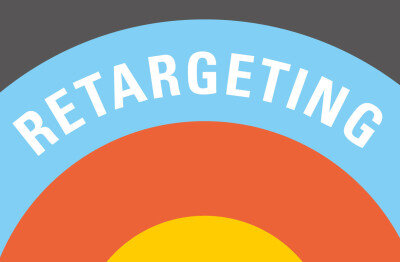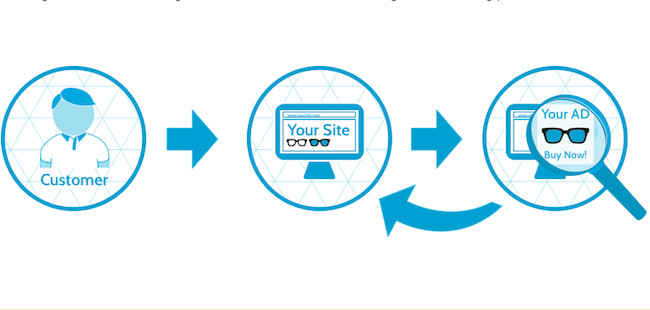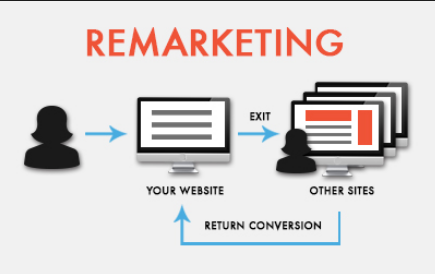
13 Apr How to Use Re-Targeting to Get Prospects Back to Your Website
As you know, tracking website page views can be both exciting and frustrating. Although unique visitor counts may increase thanks to various online marketing campaigns, it can be difficult to convert those searchers into buyers on their first visit. Many searchers perform product research and price comparisons across multiple websites, so how can you make them revisit yours?
Re-Targeting Get Prospects Back to Your Website
Re-targeting, also called re-marketing, is a digital advertising strategy designed to convert one-time page visitors by showing them your advertisements as they continue to browse the Internet after viewing your website. Re-targeting is most powerful when used in conjunction with other digital advertising tools, such as search engine optimization through keyword research and lead generation through pay per click (PPC) advertising. Still, re-targeting has
its own distinct advantages, as you will see below:

Continuing the Conversation
Upon visiting a business’ website, viewers will take note of the various products and services offered. Aside from the desire to perform price comparison, consumers may hesitate to make a decision upon their first visit if they are not familiar with the company. Re-targeting allows the advertiser to continue the conversation later, while the consumer is browsing other websites.
The ability to re-engage the consumer makes re-targeting unlike any other marketing strategy. It offers visitors a chance to reverse their earlier snap decision and give your business a second look. Even if they do not make a purchase on their second visit, they may bookmark the page, subscribe to an email newsletter, or forward the link to a friend to ask for advice. If nothing else, you will have increased brand awareness while establishing your company as a figure in the industry market. Ultimately, however, adding re-marketing to your advertising tools will increase page views, site visits, returning visits, and even unique visitors in conjunction with other digital marketing strategies. Re-targeting is particularly useful for e-commerce websites, but can also be used to increase online bookings and in-store traffic.
How Does Re-Targeting Work?
Although re-targeting is an innovative marketing tool, it relies on the web-standard practice of utilizing anonymous browser cookies. The use of cookies is standard policy for most websites, including banks, social media accounts, and mass-market e-commerce retailers. As a visitor views your website, the site will drop unique Javascript code that converts into a cookie and “follows” the viewer around as they browse other websites. With re-targeting, the cookie lets your re-targeting provider know when to serve ads. Consumers who have previously visited your website will begin see on-line advertising featuring your company’s name and website.

The ability to keep your brand name in front of potential customers is what makes re-targeting so effective. In fact, consumers may be more likely to convert simply thanks to increased brand awareness. Still, advertisements can also include information on seasonal sales, special offers, or discount codes as extra incentives. By specifically targeting certain consumers with advertisements, re-marketing offers a higher return on investment (ROI) rate than most other on-line advertising tools.
Developing a Digital Strategy
Ways to Improve Re-Marketing Results
Even in its most basic form, re-targeting is a highly productive and cost-effective form of advertising. Still, you can continue to improve results and generate more leads refining your re-marketing tactics and developing a strong digital marketing strategy. Re-targeting is even more effective with the creation and expansion of re-marketing lists, which tag certain pages and actions. If a consumer visited a particular product page, for example, your re-targeting strategy can be more customized and involved than for a viewer who simply stopped by the front page and left. This process of segmenting visitors increases cost-effectiveness and improves conversion rates by only heavily targeting consumers who were interested in purchasing.
On its own, re-targeting is ideal for conversion optimization but does not generate new leads or drive traffic. Because of this, re-targeting works best as part of a larger digital marketing strategy. Including SEO and PPC marketing, among other tools, will make your advertising much more balanced and effective, resulting in more leads, conversions, and sales.
To implement a Re-targeting, contact Webociti for a free consultation 678-892-7157.


